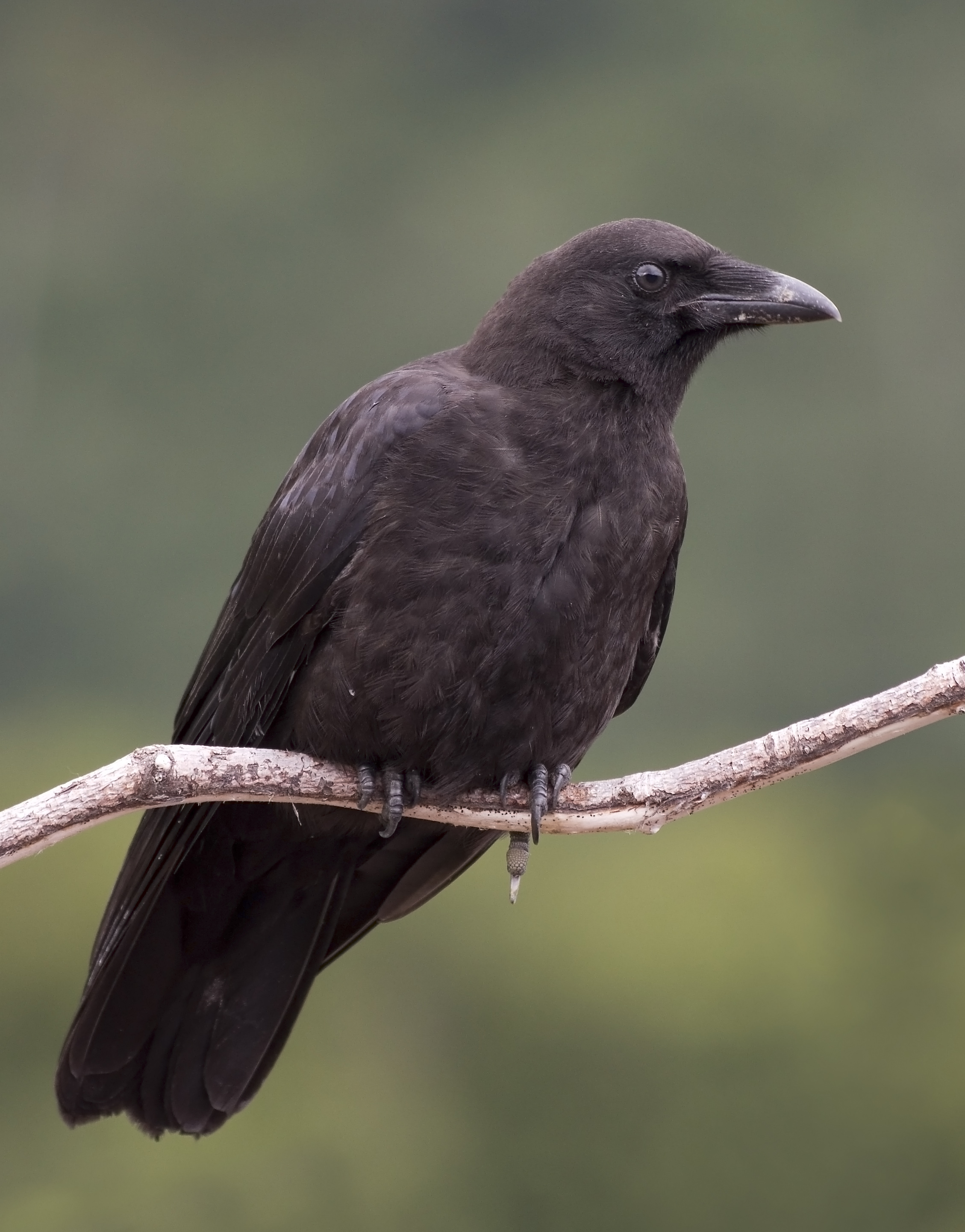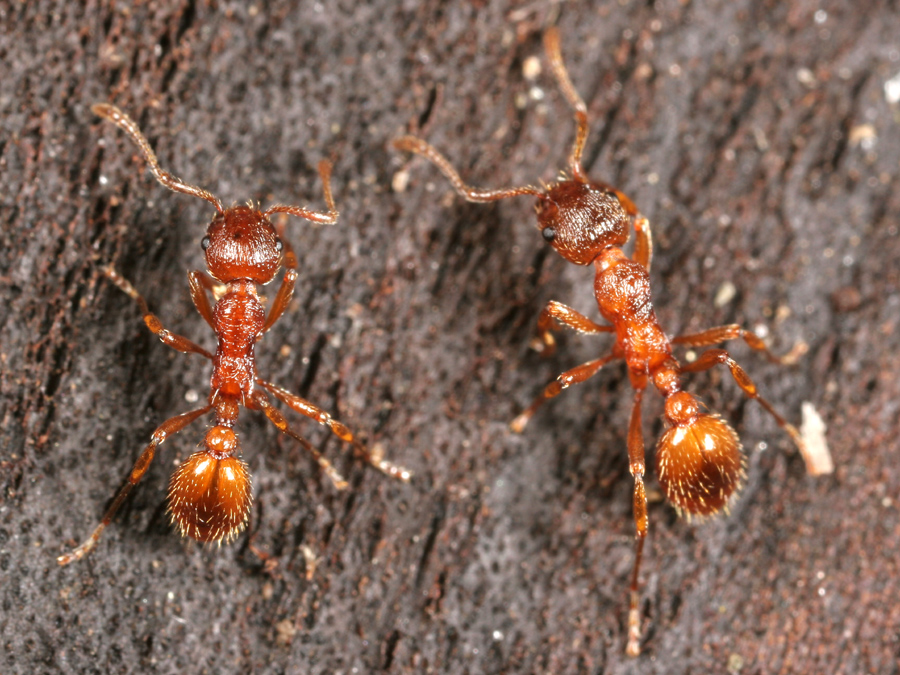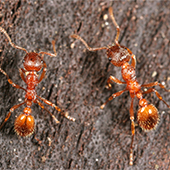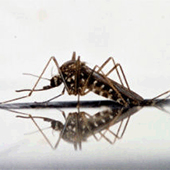
Saanich residents live in a region with beautiful natural landscapes and ecosystems which provide habitat for a great diversity of wildlife. Residential and agricultural areas within the region also provide habitat, especially for common wildlife. Listed below is information to help address potential conflicts between humans and wildlife.
Most often, human-wildlife interactions are positive and co-existence is peaceful and enjoyable for humans. However, humans have different reactions to and values associated with wildlife. An enjoyable experience to one person can be seen as a problem situation to another. Wildlife concerns can range from relatively minor “nuisance” issues to more serious economic, safety, health and conservation concerns.
Conflicts with wildlife in developed areas may involve:
- a specific animal (such as a persistent raccoon),
- a species (such as urban deer)
- or a situation (such as impacts to agriculture and vegetation).
“Wildlife” may include native species or invasive, non-native species.
Links below provide a variety of information about living in harmony with wildlife and about addressing human-wildlife interactions and conflicts. Addressing wildlife conflicts may be complicated due to Provincial and other regulations, varying levels of impact, diverse perspectives, and limited available solutions. As well, potential strategies will vary depending on the type of species involved.
Immediate Conflict
Knowing what type of animal is involved in a conflict can increase understanding of the solutions available:
Native Wildlife
Native Wildlife are animals (mammals, birds, amphibians, reptiles and insects) that are indigenous to the region, such as:
- Black-tailed Deer

- Northwestern Crow
- Red-legged Frog
- Northern Alligator Lizard
Many species are able to successfully coexist with humans and have adapted to urban settings. Conflicts, however, can increase between humans and wildlife when wildlife species populations become high in a particular area.
Invasive and Non-Native Wildlife
Invasive wildlife are species (mammals, birds, amphibians, reptiles and insects) that are non-native and have become invasive to a particular region. Invasive species have the potential to negatively impact humans, other animals and/or ecosystems, establishing quickly in new areas and spreading rapidly. It should be noted that not all introduced species become invasive. A few examples of invasive species in this region include:
- Eastern Grey Squirrel

- European Fire Ants
- American Bullfrog
- European Wall Lizard and
- European Starling.
See links below for more information and Saanich's webpage on Invasive Fire Ants.
Wildlife Conflict Prevention
Preventative measures can help reduce the potential for human-wildlife interaction and resulting conflicts. Various techniques are available to assist landowners including:
- Be a good neighbour by ensuring you are not attracting wildlife and creating a potential conflict situation for someone else (e.g. dumping garbage, improper composting practices, etc.).
- Remove the attractant that is keeping the wildlife in the area.
- Avoid contact with wildlife by using proper screening on windows, chimneys and doors.
- Where regulations allow, and subject to obtaining required permits, hire an agent or private contractor to assist with the removal, relocation or disposal of wildlife.
Animal Management in Saanich
The CRD now enforces the animal regulation in Saanich, addressing a variety of species, however, the management of wildlife is a Provincial responsibility. Saanich staff participate in regional initiatives, bylaw enforcement and public education. Our Links & Resources section provides more information on specific native and non-native species including invasive animals and urban wildlife.
Regional management plans for deer and geese have been developed through the leadership of the CRD in collaboration with municipalities, electoral areas, provincial wildlife authorities and stakeholders.
- Regional Deer Management Strategy
- Deer brochures: Information for Residents and Reducing Deer-Human Conflicts
- Regional Canada Goose Management Strategy
Saanich Animals Bylaw
The CRD now enforces the Animals Bylaw within the District of Saanich, including:
- Regulations regarding dogs, cats and other pets, including kennel regulations
- Regulations regarding rodents and fur-bearing animals
- Restrictions for harbouring wild animals
- Prohibitions for feeding deer and rabbits
- Regulations regarding farm animals, poultry, bantams, pigeons, bees
See the Animals Bylaw for full details. For enforcement, please call CRD Animal Control 250-478-0624 or visit their webpage.
Information about Dogs in Parks
Additional Information from Saanich
- Find out more about West Nile Virus.
- Invasive Fire Ants
- Learn more about Rodenticides and the current provincial ban
Reporting Sick/Dead Wild Birds
The federal and provincial governments are collaborating to monitor and investigate sick or dead wild birds. Please see the Wild Bird Mortality Investigation Protocol handout for more information about which species to report and contact information.
Other Links & Resources
- Asian Giant Hornet - new priority invader found in 2019
- BC Ministry of Environment (Information about Human-Wildlife Conflict)
- BC Centre for Disease Control: Animals
- Regional Deer Management Strategy (CRD)
- Regional Canada Goose Management Strategy (CRD)
- E-Fauna BC: Invasive and Alien Animal Species
- Bats: BC Stewardship Series
- Garry Oak Ecosystems Recovery Team (GOERT)
- Invasive animals in Garry Oak Ecosystems (inserts from the invasive field manual), includes:
- House Sparrow
- Eastern Grey Squirrel
- European Starling
- Eastern Cottontail Rabbit
- Black Slug



